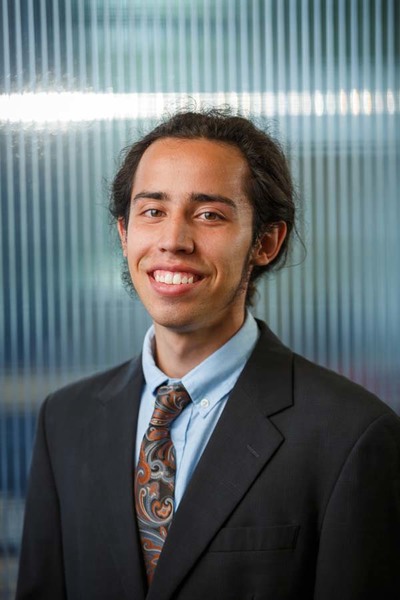 Jonathan Schommer
Jonathan Schommer
Recently I had the opportunity to sit down with Jonathan Schommer, a current ESTEEM student, to discuss his current thesis. Last May Mr. Schommer graduated from Notre Dame with a bachelor's degree in civil engineering and a bachelor's degree in the Program of Liberal Studies. While doing his undergrad, he was heavily involved with Notre Dame's Center for Social Concerns through service-learning programs and service on their student advisory board. Because of this involvement and a senior thesis project working with the group Engineering2Empower, Mr. Schommer is working to improve storm drainage systems for the city of South Bend and beyond.
- What are the problems surrounding your thesis project and how does your team plan on solving them?
My project seeks to take sustainable water retention technologies and implement them in vacant spaces in cities to reduce the storm water runoff entering the sewer systems. This will have to two-fold benefit of reducing health concerns and fines related to combined sewer overflow (CSO) as well as provide aesthetically attractive landscaping to contribute to community revitalization in areas experiencing urban blight.
- How and why did you get involved in your particular project?
After talking with retired public works director, Gary Gilot, about infrastructural issues in South Bend, the need for a sustainable, integrated planning approach to address the CSO issues in the city became readily apparent. My background in civil engineering and community development are utilized and engaged by this project in an exciting way and I look forward to working with the South Bend community to help make our city a cleaner, more beautiful place.
- What part do you play in your project outside of your academic work?
I am the founder of the project and plan to continue work on this after graduation.
- What has been your favorite part about your work?
I love how this project addresses a practical infrastructure and cost issue with a system that has a positive impact on the environment and the people in a community.
- Is there anything else you think would be good to mention about this project?
It is also exciting to think about the scalability of this project, if it works in South Bend, there are over 700 cities across the US that are dealing with similar problems and looking for ways to address CSO issues with sustainable infrastructure.